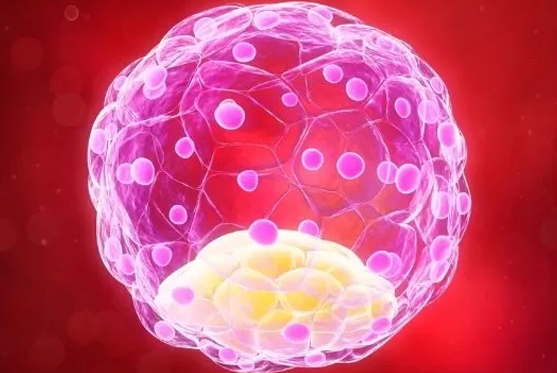
Blastocyst transfer is an advanced IVF procedure where embryos are cultured in the lab for 5–6 days until they reach the blastocyst stage. At this phase, the embryo has developed a fluid-filled cavity and a structured form, which increases the chances of successful implantation when transferred into the uterus.
Blastocyst transfer is considered when embryos are allowed to grow longer in the lab, undergoing a natural selection process. This makes them more likely to implant and develop into a pregnancy.
Blastocyst transfer offers higher success rates in women under 35 years, with pregnancy chances ranging from 45%–50%. For women aged 35–40, the success rate is around 35%–40%. However, this method may not be suitable for women with a low egg reserve, as not all embryos survive to the blastocyst stage. In such cases, earlier embryo transfer may be a better option.